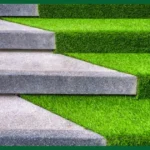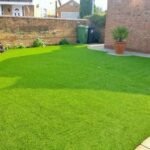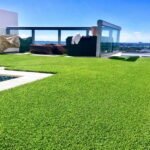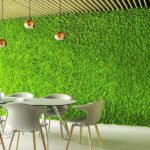Having a grassy area at any place, whether at home or office, can benefit you in many ways. It improves the outlook, provides fresh and quality air to breathe, traps carbon dioxide, and lessens noise pollution. However, there are many types of grass with their own features and qualities.
Introduction:
Artificial Turf:
Crafted from synthetic materials like polyethylene, polypropylene, or nylon, artificial turf mimics the look and feel of real grass. Originally popular in sports stadiums, it’s now a staple in residential lawns, rooftop gardens, and commercial spaces.
Natural Grass:
Comprising living species such as Kentucky bluegrass or Bermuda grass, natural lawns have long been the cornerstone of landscaping. They require soil, sunlight, and water to thrive, offering a dynamic, ever-changing landscape.
Artificial Turf vs Natural Grass: Key Comparison Factors
You will explore their diverse attributes in this brief guide, which will help you make a better decision whenever choosing between artificial turf vs natural grass. Let’s dig into the costs and benefits of both.
Cost Comparison of Artificial Turf and Natural Grass
Here’s the comparison guide between the costs of artificial turf and natural grass for your help.
Cost of Artificial Turf
Artificial turf is getting more renowned day by day as it is flexible to use and maintain. However, the cost of artificial grass in Dubai is comparatively higher than natural grass. Installation of artificial turf can be expensive, but it lasts for a considerable amount of time and maintains its shape.
In this modern era with hectic routines and busy schedules, having artificial turf can benefit you in many ways. Because no one has the time out of their schedules to take a look at their natural grass gardens and maintain them. It is far better to have artificial turf in your home because it is worth your budget.
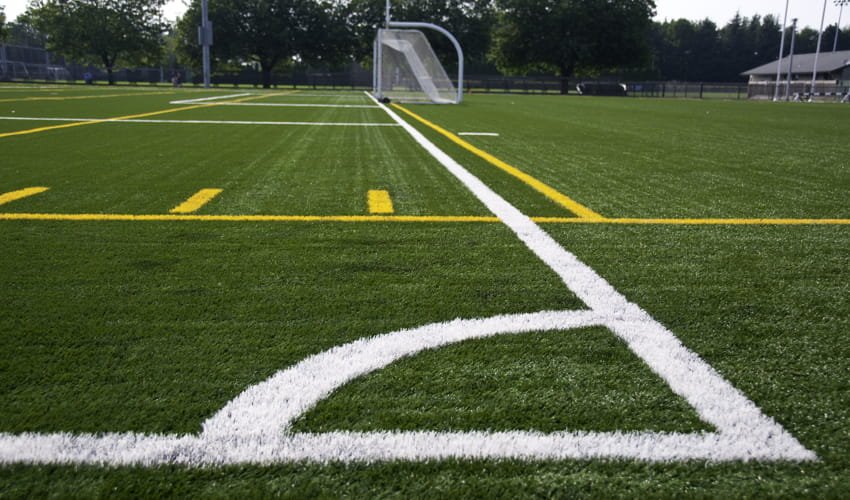
Cost of Natural Grass
Unlike artificial turf, it is relatively cheaper to have natural grass in your place. But the maintenance of natural grass can cost you more than artificial turf. Because you may need to periodically vacuum, trim, fertilize, and water the natural grass, otherwise it will lose its outlook and the grass will begin to appear yellow. Natural grass is a time-consuming flooring solution and takes a lot of effort.
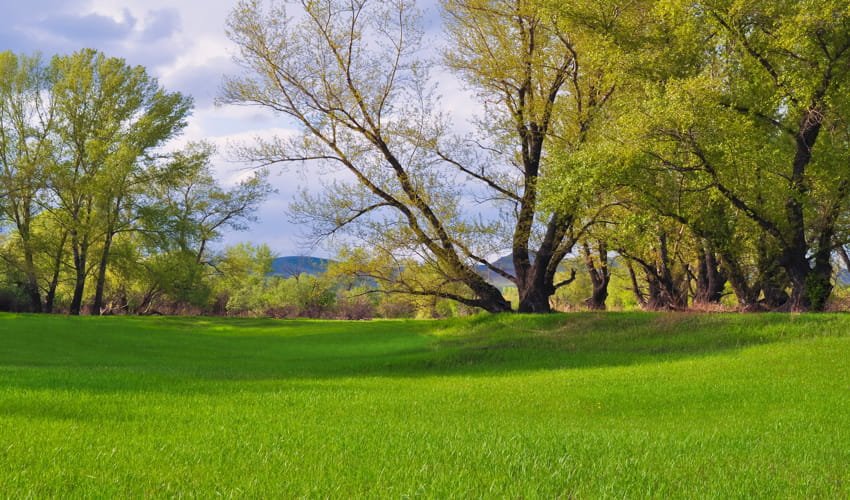
Aesthetic Appearance Comparison of Artificial Turf and Natural Grass
Artificial Turf
Artificial turf is an absolute choice to opt for as it comes in a diversity of textures, piles, colors, lengths, densities, and layouts. It is a seamless flooring solution and can enhance the appearance of any place in no time.
Artificial turf is made of synthetic fibers that are dyed to look like real grass. You can choose from a variety of options and also customize artificial grass according to your requirements and preference.
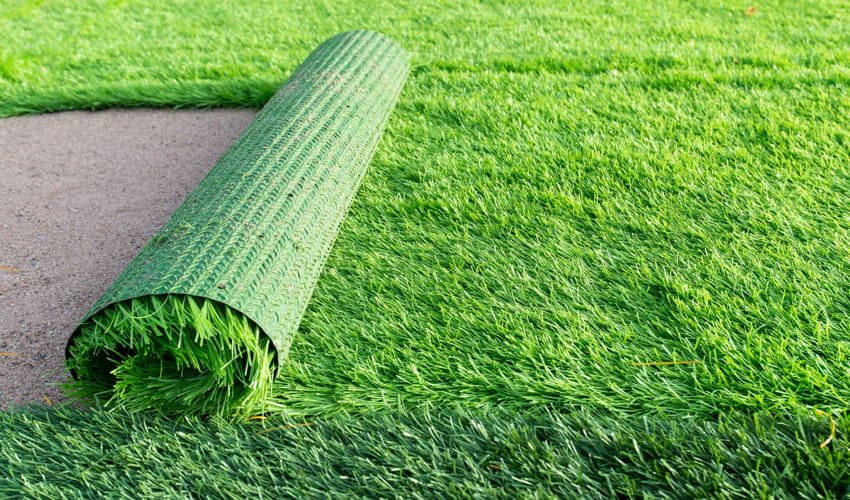
Natural Grass
Natural grass provides your place with a charming effect and improves the air quality. You can refresh your mind in the open air. Natural grass can trap carbon dioxide, which makes the air quality better.
Withstand Weather Conditions:
Artificial grass:
Artificial turf is made using polypropylene, polyethylene, and nylon fibers, which are synthetic materials. It is the best thing about artificial turf that it doesn’t change its color, unlike natural grass, which starts to look ugly when we don’t water it. You will be amazed to know that artificial turf remains the same all year and maintains its color and aesthetics. During the rainy season, it doesn’t accumulate water but rather drains it out without flooding.
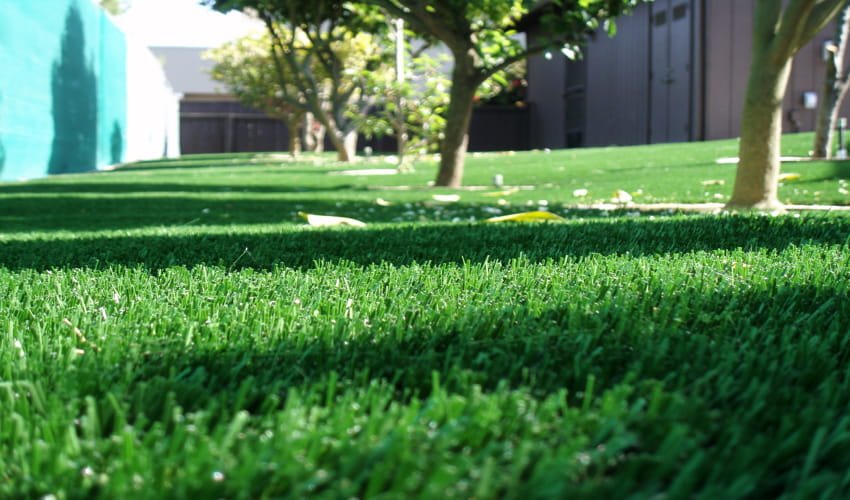
Natural Grass:
Natural grass adapts to seasonal changes but requires care to thrive in extreme weather. Drought-tolerant species like Bermuda grass endure hot, dry spells, while cool-season varieties (e.g., Kentucky bluegrass) rebound after frost. Heavy rain can cause erosion or mud, though proper drainage systems mitigate flooding. Regular watering, aeration, and shade management help it survive intense sun.
Extensive Uses:
Artificial Grass usage:
One of the best pros of artificial turf vs natural grass is that it is timeless to use artificial glass in any place. You can install it in the garden, terraces, balconies, decks, patios, backyards, nurseries, gyms, and playing areas. All these places face heavy foot traffic daily. But installing artificial turf at these places saves them time and money too.

Natural Grass Usage:
Natural grass is ideal for eco-conscious spaces, traditional sports (e.g., golf, soccer), and residential lawns where seasonal beauty and environmental benefits (air purification, biodiversity support) are prioritized. It thrives in rainy climates, cools urban heat islands, and absorbs rainwater naturally. However, it demands regular watering, mowing, and pest control.
Maintenance Comparison:
Artificial Grass:
Because there is no need to water this grass, cleaning and maintenance of artificial turf are almost non-existent as compared to natural grass. You don’t have to cut this grass after some time as it doesn’t grow over time. It also doesn’t require fertilizers, pesticides, or a gardener to look after artificial grass.
Natural Grass:
You have to take proper measures to make your garden sustain its outlook. It is quite difficult for a single person to look after a wide area of grass, and you may need to hire gardeners for this purpose. Therefore, it is quite expensive to have a natural grass garden in your place.
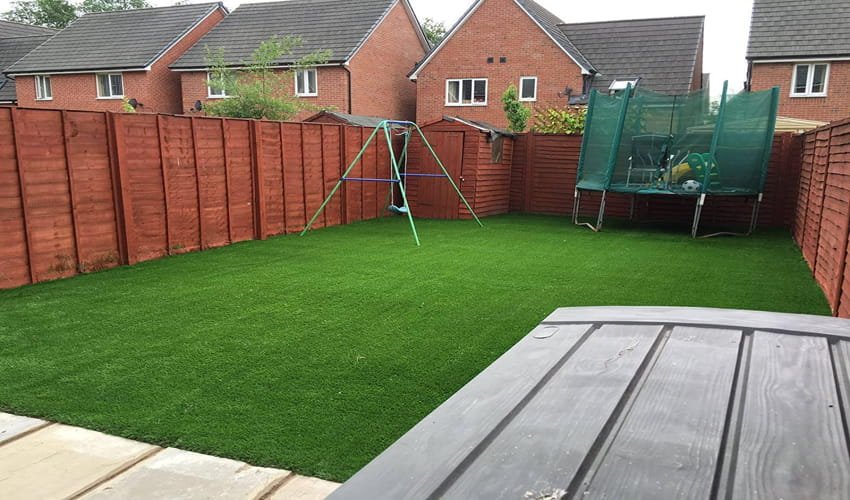
To End Up The Discussion!!!
This was all about comparing the costs and benefits of artificial turf vs natural grass. It is entirely up to you to decide which is best for you in terms of cost, features, needs, and available space. However, we will suggest that you choose artificial turf over natural grass because it has more pros than cons.


